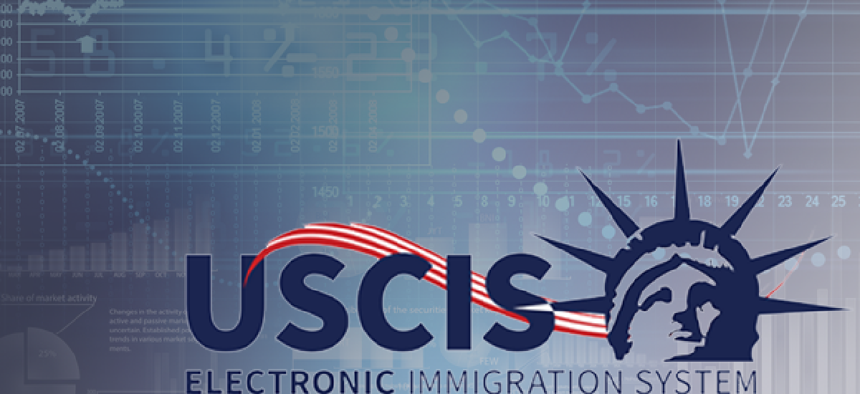Using technology to fix a broken immigration process


Connecting state and local government leaders
Whether it’s building a nationwide E-Verify program, drone-based border surveillance or using Fed-Ex type tracking to locate immigrants who overstay their visas, technology is at the core of most solutions.
There might be one thing Donald Trump, Chris Christie and President Barack Obama can agree on: The current immigration system needs some work. And regardless of whether it’s building a nationwide E-Verify program, drone-based border surveillance or using Fed-Ex type tracking to locate immigrants who overstay their visas, technology is at the core of most solutions.
The current immigration application and adjudication process is mostly paper-based, requiring documents to change hands and locations among various federal actors at least six times for some petitions, according to a recent report from the U.S. Digital Service team on how to improve the nation’s immigration process.
When conducting its research, the Digital Service team was amazed by the legwork involved in getting a visa, a White House official told Wired magazine. “As a group of technologists, that stuff just killed us,” the official said. “It’s insane we would do that in 2015. We invented these things called computers.”
USCIS has not been standing still, however. Among the initiatives underway:
In an effort to be more social and responsive to prospective immigrants, the U.S. Citizenship and Immigration Services on Sept. 1 hosted Twitter office hours using the #AskUSCIS hashtag.
On Aug. 31, USCIS unplugged its legacy Electronic Immigration System (ELIS), the online system built in 2009 to process web-based applications for immigration benefits. The rebuilt system offers improved security, privacy, fraud and criminal activity detection, online payment options and real-time connections to other government systems, USCIS said. It also allows users to submit and view certain benefit requests, receive electronic notification of decisions and receive real-time case status updates.A modernized immigrant visa pilot being launched by the State Department and USCIS is aimed at improving the visa application experience and increasing efficiencies by digitizing as much as possible of the adjudication process. The suite of 20 applications is being piloted this year at six overseas consular posts: Montreal, Buenos Aires, Rio de Janeiro, Frankfurt, Hong Kong and Sydney. A more expansive rollout is planned in 2016.
The myUSCIS website and platform, built with the help of 18F, allows users to easily access information about the immigration process and find immigration options for which they may qualify. Co-created and co-designed with feedback from agency customers, myUSCIS features a search-driven plain language knowledge base with direct answers to common immigration questions. It is expected to become the primary tool for USCIS’ customers to manage the majority of their online experience with USCIS.
The Immigrant Visa Content Service is a content management system for case file data in which documents will be digitized and accessible throughout the rest of processing.
NEXT STORY: Boulder uses big data to monitor health of trees




